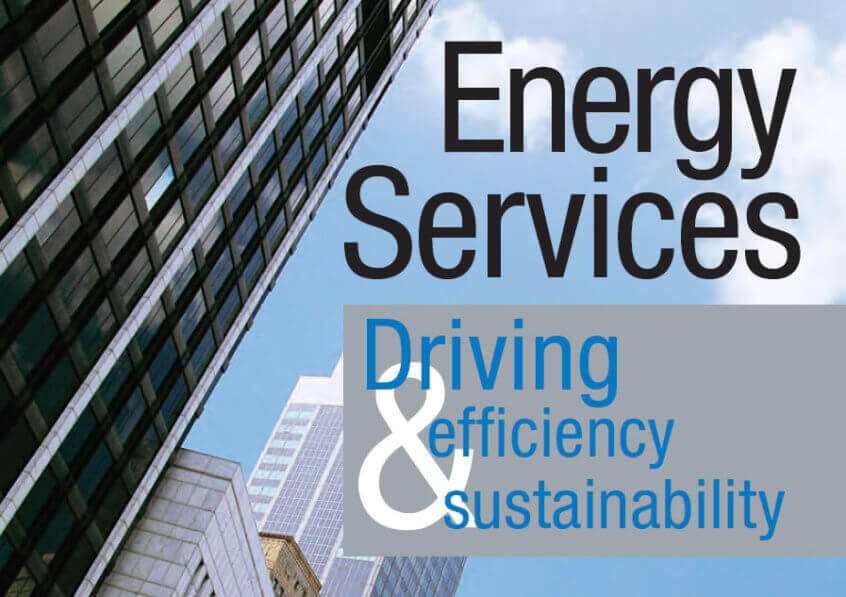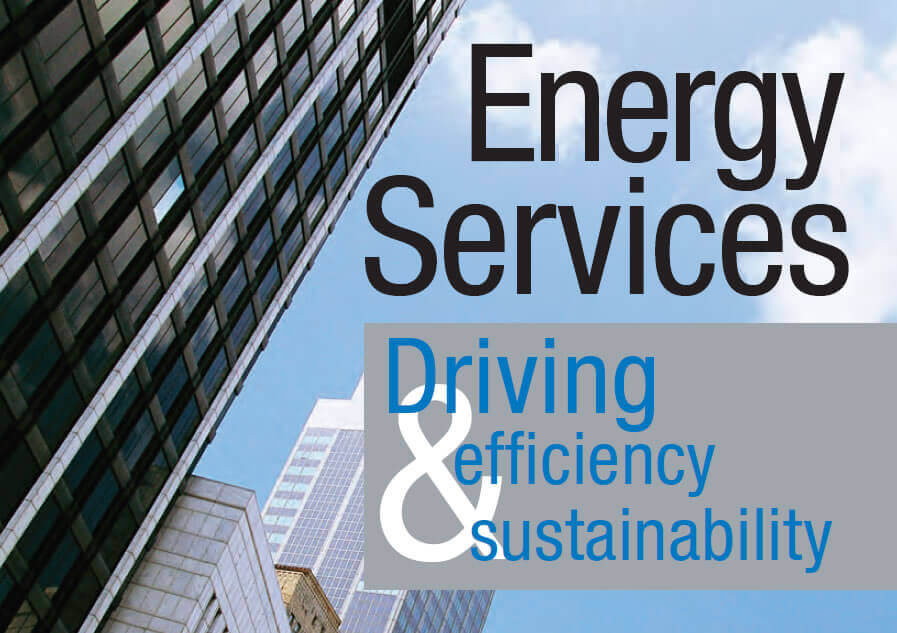Are your building systems performing at their highest level? How do you know? Have your utility bills continued to climb, and do you know why? In our experience, we’ve found that most building systems will drift away from peak performance over time and, perhaps more surprising, is that the peak performance of most building systems was never achieved.
What is commissioning?
Commissioning is a term that has become more common in recent years especially when the process is implemented into new construction projects. Most people think of commissioning as the process that is applied to ensure that the systems are operating as they were intended. I would not disagree. I do, however, believe this is an incomplete definition of what commissioning should be. Commissioning is most effective when building systems are made to operate as they were intended and system operations are successfully transitioned to a point of operational sustainability.
Commissioning for new construction
In new construction projects, intended system operation and reality will always meet, usually long after the construction is complete. In any system design—especially HVAC—design assumptions of actual facility use must be made. Oftentimes, there will be differences between assumptions that have been made and the reality of the facility’s operations, with the potential for those differences to be significant.
These differences do not make a system design inherently bad, and in my opinion, this variance should be expected. What is most important is that something is done to adjust these systems into alignment with the reality of how the facility is being used—transitioning the facility to operational sustainability. Unfortunately, it is rare that these steps are taken, and since most building systems can operate across wide ranges, these systems do a terrific job of compensating for each other. The result is that true system performance is effectively masked and excessive energy is consumed.
Commissioning for existing buildings
What about existing buildings and facilities? Does it make sense to commission building systems in these applications? The answer is a resounding YES! The biggest advantage in applying the commissioning process into an existing facility is that the existing facility’s needs and requirements are most often very evident. Because of this, most all of what were assumptions during design are now just the reality of day-to-day operations. The commissioning of an existing facility, which is also known as retrocommissioning, can have a significant impact on system performance and facility operations.
Commissioning existing building systems to create complete alignment with current facility operations will have an impact that can improve occupant comfort and reduce operating expenses. Building systems are evaluated and optimized to meet current needs and set up to serve these needs in the most efficient, sustainable manner.
Final Take-Aways
So what is the bottom line? The alignment of building system operation to the most current facility needs with the goal to achieve operational sustainability will reduce operating expenses and impact your operating budget.
Have a question for our experts? Leave your comment below, check out our Energy Services page or contact our team directly at energy.services@mckenneys.com.






